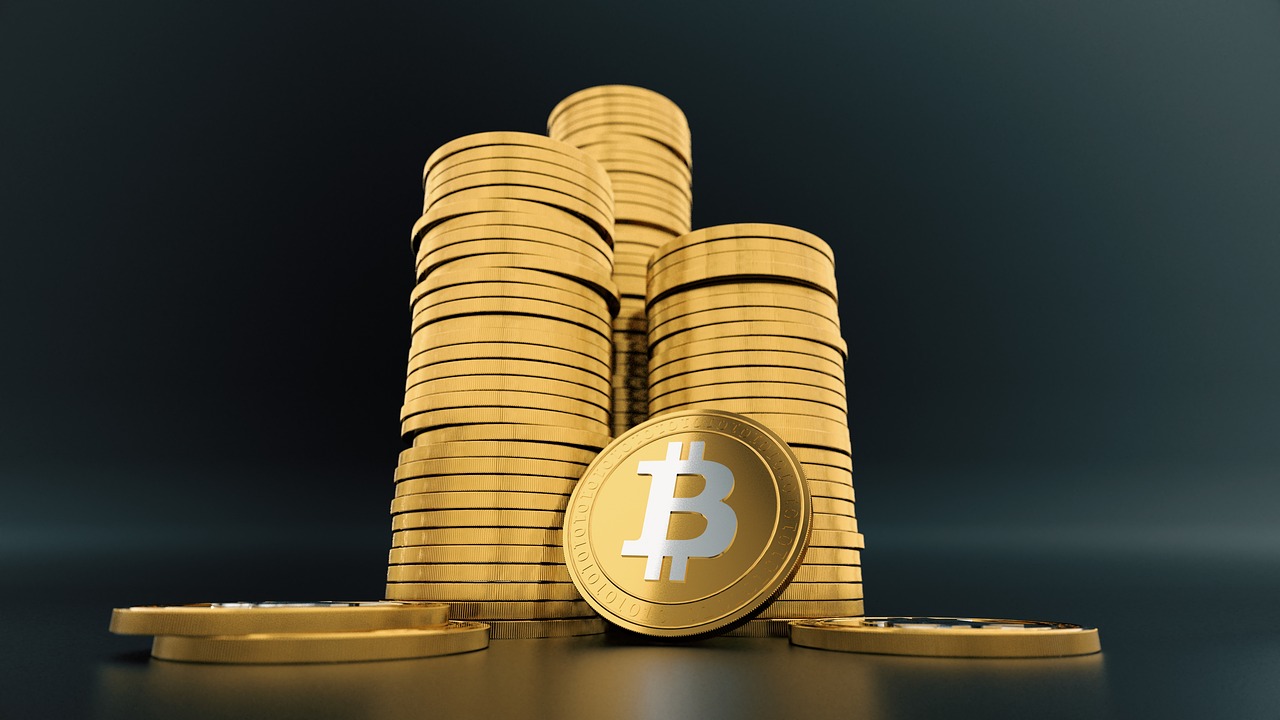The market capitalization of crypto is 300% higher now than it was two years ago this date. Among the biggest changes from two years ago is Bitcoin (BTC) dominance over the sector, down from 85% (January 2017) to circling around 50% today. This change is mostly traceable to the rise of specialized tokens filling various market needs, something very few could have predicted 5 years ago.
If you are surprised to know any of this, you might have been reading too many obituaries from people who treat Bitcoin and all related products as a speculative mania rather than a fundamental innovation in information technology deserving of serious attention. Ironically, it’s these same people who never stop inveighing against speculative manias in crypto – a technology only ten years old! – while ignoring the whole underlying value of a new and programmable system for managing ownership and flows of property titles.
To be sure, my data is selective. It excludes the wild December 2017 runup of all prices, a time when the lines at bitcoin ATMs were around the block. Buying at the top and holding would have been … regrettable.
You can read countless stories of how so many people have been suckered into a bubble and ruined their lives by investing in various crypto assets. People use this event as a way of saying that crypto is nothing but a shiny object signifying nothing.
Actually, the boom-bust of crypto 2017-18 was not historic but rather a repeat of the same ups and down, three steps forward and two steps back, that we’ve seen since October 2009 when Bitcoin posted its first market price. It reveals an old truth. Most people buy high and sell low. That’s why there’s such profit in doing the opposite. But going against trend is more difficult than it seems because, as it turns out, the future is unknowable.
Frenzy Feeds Frenzy
All prices, especially in a new asset that invites public participation in its valuation, are subject to waves of short-term human psychology. In 2013, I was working for a company that had an affiliate that published investment newsletters. I watched this as spectator sport. The company never stopped trying to get new subscribers. But there was always the same problem. If you pushed an idea that no one had heard of, or a stock or asset that had recently been pummeled by the market, would-be subscribers would be unimpressed. You couldn’t close the deal.
The time when people get excited about an investment is usually the precise time when it is already overbought. So the company would send out solicitations based on topics in the news, knowing full well, based on market experience, that the items were situated for a fall – but also believing that there is serious value there long time. Still, a bunch of angry people would write in denouncing the company for pushing what turned out to be a dog, in the short term. Half would cancel.
The company was fully aware of this, but it marketed this way anyway. Its sales data demonstrated that this was the best way to get subscribers. If you kept half the people who signed up, you have a winning model.
This is not cynical. It was just reality. You can’t sell people on products they find boring. Underpriced financial assets are always boring. Overpriced assets are exciting.
In this sense, the crypto markets are no different from any other, except that they have been more volatile, which is exactly what you would expect from a completely new technology. Investor sentiment flits between despair and irrational exuberance.
The Abstraction of Crypto
Crypto has the added problem that the whole thing seems so abstract. It’s made of code. Though we are a quarter century into the digital age, many people remain incredulous. They think wealth is what you can touch. Money is what jingles in your pocket. Value can’t be made of ones and zeros. Even now, speakers at conferences decry our world of social media, gaming, and online everything, and say it has been a giant bubble. “We need to get back to making things” is a theme you hear in both progressive and conservative circles.
Added to that problem is the combination of features of crypto that people just don’t understand. Distributed network, hashing strategies, proof-of-work protocols, cryptography — who but specialists can make sense of all this? Most people have no idea what the use case is, much less what the ultimate point of it is (my quick answer: it’s the best technology ever discovered for documenting ownership rights).
Because so many lack the patience to understand, and perhaps because so few can explain it coherently, there is a strange lust in the land to debunk the whole thing. Every single time the market drops, people get busy writing obituaries for crypto. I’ve been seeing these appear since the market price was $14.
The tendency goes way back. There is a great site called Bitcoin Obituaries that has logged 350+ obituaries. Look at the first one: “The only thing that’s even kept Bitcoin alive this long is its novelty. Either it will remain a novelty forever or it will transition from novelty status to dead faster than you can blink.”
The price at the time of that writing was $0.23. I recall reading it and thinking: “Oh I can’t wait for this thing to hit $1,000; then people will stop writing this nonsense.” But you know what’s true? The price doesn’t matter at all for these people who want crypto to die. You would think that $5,000 would do it. Maybe $10,000.
But no. Here is a more recent declaration of crypto death. “It looks like we have an asset bust for the record books in the making…. Whether or not cryptocurrencies recover — and I doubt they will — it is clear that their volatility make them unfit to serve as a general medium of exchange.”
This was written in September 2018, a time when that brilliant mind failed to check on data showing that transactions per block had been rising dramatically since February 2018. The same is true of transactions per day. As for volatility, most of 2018 was a year of price stability, much to the regret of investors.
These facts on the ground don’t matter to these people. The underlying technology doesn’t matter, because these people show almost no interest in it.
To be sure, I’m not predicting that bitcoin core (BTC) will win this battle of the cryptos; maybe its dominance will return or maybe diversification is the way of the future. I’m not even saying it will go up forever in price. Maybe it will crash again; I would even predict that it certainly will from whatever its new high will be.
I once perfectly predicted the first $1,000 price and became rather famous for my outlandish prediction; what I failed to predict was its subsequent fall to $350.
There’s no disgrace in that. What bugs me is that ridiculous sense of certainty that writers on crypto and all financial markets have, that their beautiful minds are smarter than the market itself. They are not. But a convinced journalist or intellectual is a tough nut to crack.
If you didn’t write that Bitcoin obituary, you can feel the pride of knowing what you cannot know. It illustrates a point in the spirit of F.A. Hayek that never stops resonating in my mind: if we knew for certain what the market would bring us, we wouldn’t need the market to reveal it.
Sign up here to be notified of new articles from Jeffrey A. Tucker and AIER.
Jeffrey A. Tucker is Editorial Director for the American Institute for Economic Research. He is the author of many thousands of articles in the scholarly and popular press and eight books in 5 languages. He speaks widely on topics of economics, technology, social philosophy, and culture. He is available for speaking and interviews via his email. Tw | FB | LinkedIn
This article was sourced from AIER.org.
Image credit: Pixabay
 By
By 